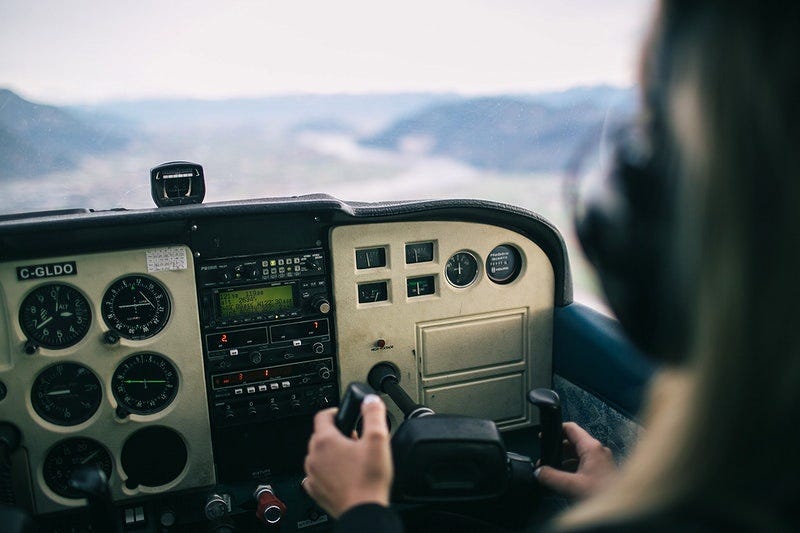Starting your journey to become a pilot involves grasping the aspects that make up a thorough private pilot course. Whether you aspire to glide through the skies or aim to pursue a career in aviation, understanding these components is crucial for achieving success. Let’s delve into the elements of a pilot course and share valuable insights.
1. Ground School
A vital part of any private pilot course is the knowledge imparted through ground school training. This segment covers the understanding necessary for safe and proficient flying. From the principles of flight to aviation regulations and from weather patterns to aerodynamics, ground school equips aspiring pilots with knowledge about aviation basics that are rigorously examined in written tests.
2. Flight Training
Flight training is a component of a pilot course as it enables students to put into practice what they have learned in ground school. During flight training, students get hands-on experience with aircraft controls, conduct flight inspections, practice takeoffs and landings, master basic and advanced maneuvers, and learn emergency procedures.
Depending on the flight school and program setup you choose, flight training can be conducted either individually or in groups with the guidance of certified flight instructors (CFIs). As students progress in skill and confidence, they move towards flights like cross-country navigation exercises.
3. Simulator Training
Simulator training serves as an addition to flight training, providing learners with an environment to practice specific skills and handle simulated emergencies without the risks associated with actual flights. A flight simulator is obviously similar to a car simulator but with all the controls of a flight, so you can get hands-on with all the controls before you actually fly. Simulators recreate real-life flight scenarios using technology that mimics aircraft behavior and responds realistically to control inputs.
In simulator sessions, the focus is often on practicing tasks or procedures such as instrument flying or emergency drills. By simulating scenarios, until proficiency is attained, aspiring pilots can fulfill specific requirements without relying solely on costly actual flying time.
4. Navigation Training
Navigation training holds importance in a pilot’s skill repertoire. It enables students to learn how to plan and execute flights using navigation instruments, charts, and visual cues while introducing them to the methods and best practices for utilizing Global Positioning Systems (GPS) and interpreting maps.
Throughout navigation training, students acquire knowledge on determining their position, calculating wind drift, and ensuring their flights remain on course. Learning about aviation regulations is crucial for pilots, whether they are in ground school or flight training. Private pilots need to understand the rules set by organizations like the Federal Aviation Administration (FAA) and Civil Aviation Authorities (CAA) worldwide.
5. Aviation Regulations
These regulations cover a range of topics, such as airspace classifications, air traffic control procedures, licensing requirements, aircraft maintenance standards, and emergency protocols. By studying and following these rules throughout their pilot training, aspiring pilots ensure safety compliance and improve their flying skills.
In pilot training, students also focus on handling emergency situations. They learn how to stay calm and make decisions when faced with challenges during both classroom sessions and flight training exercises.
6. Emergency Procedures
During flight training, students not only learn knowledge in ground school but also practice specific drills to simulate potential in-flight emergencies like engine failures, self-rescue procedures during off-airport landings, and handling extreme weather conditions. These exercises are designed to prepare pilots to deal with situations that may arise in real-life scenarios.
In conclusion
Embarking on a pilot course requires dedication, perseverance, and self-discipline. It brings a unique sense of accomplishment and joy, as well as the freedom of exploring the skies and beyond. Mastering elements such as ground school, flight simulator training, navigation skills, and emergency procedures help aspiring pilots lay a foundation for their future careers in aviation.
Those looking to pursue a career as pilots must consider these components offered in pilot courses. Theoretical education combined with hands-on experience is essential for those aiming to reach heights in the aviation industry. Being attentive to rules and regulations while training is vital for success.
